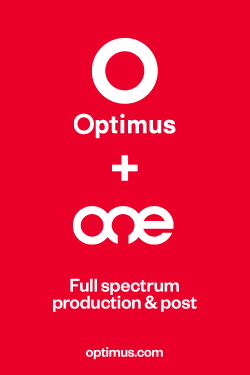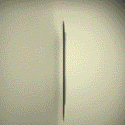
It was another tough month for adland. According to the latest report from the Bureau of Labor Statistics (BLS), U.S. employment in advertising, public relations, and related services declined by 700 jobs in June. That marks the seventh consecutive month of job losses, continuing a downward trend that’s left many in the industry questioning whether this is a recession signal—or something deeper.
As of June, the sector employed 489,200 workers, down from a recent high of 502,900 in January 2023. Over the past seven months, ad employment has declined by an average of 1,300 jobs per month.
A Pattern Emerging
While the broader U.S. economy added 147,000 jobs in June—beating economists expectations—the advertising sector continues to lag. Advertising, PR, and related services have only posted job gains in three of the past twelve months.
Historically, a multi-month decline like this would be seen as a leading indicator of a broader economic slowdown. But this time, it may reflect structural changes within the advertising ecosystem itself, as agencies and holding companies recalibrate in the face of automation, AI, and shifting client budgets.

Ad Agencies: Stable, But Not Immune
BLS data shows ad agency employment rose slightly in May, adding 200 jobs for a total of 218,900 workers (non-seasonally adjusted). However, that’s just 100 jobs below the agency sector’s employment level from one year ago, suggesting that while there hasn’t been a mass exodus, hiring remains cautious.
June ad agency numbers have not yet been released, but the overall drop in advertising employment suggests agencies may have also seen staff reductions last month.

Media, Streaming, and Search: Mixed Signals
Employment in the broader media and digital sectors remained relatively flat. Streaming distribution services, social networks, and digital content providers added 200 jobs in May, reaching 221,600 workers. Employment in web search portals and other information services rose by 100 jobs to 153,100—still well below the 2022 peak.
These modest gains signal stability, but not growth.
Unemployment Rate Dips Slightly
Meanwhile, the national unemployment rate ticked down to 4.1% in June, from 4.2% in May. It’s a small but notable shift, reinforcing the narrative that while the economy overall remains resilient, some sectors—like advertising—are being reshaped rather than simply reduced.

Contextualizing the Decline
The ad industry’s all-time employment peak came in October 2000, during the height of the dot-com boom, with 503,700 jobs. Since then, employment has ebbed and flowed with market cycles—but what’s happening now may be less about recession and more about reinvention.
Looking Ahead
The industry is clearly in a moment of transition. Holding companies have announced waves of restructuring. Brands are rethinking media spend. Agencies are exploring leaner, hybrid models. And AI? It’s already on the payroll.
As the market recalibrates, agencies, talent, and recruiters alike will need to adapt. The numbers may be down, but the story isn’t over—it’s evolving.
REELated:
Disney’s Lilo & Stitch stays on top for third week; holds off Ballerina










